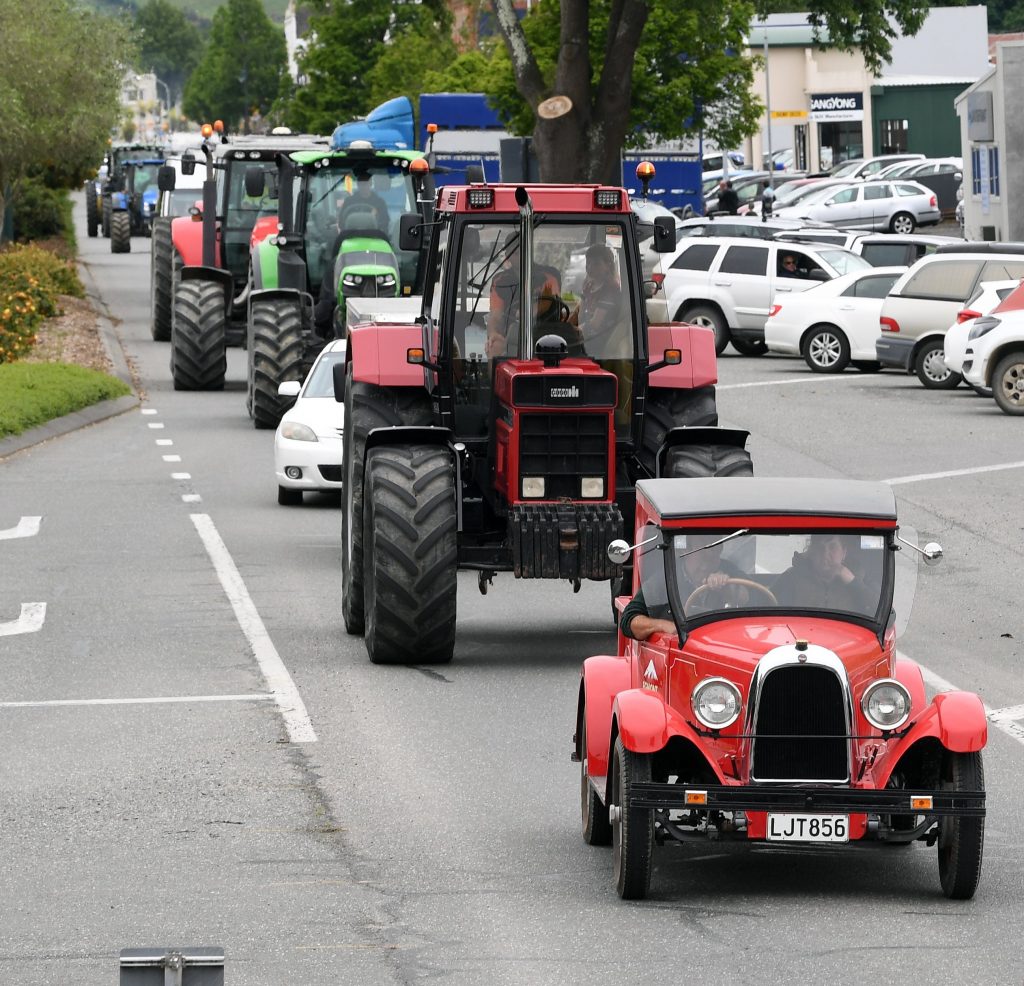Groundswell took to the streets of our major cities last month to make urban New Zealand aware of the impositions the recently announced findings of He Waka Eke Noa will have on the agriculture industry.
While I support its cause, there are also influential media outlets that understand the debate and are writing in a positive manner of what the implications would be if the proposals become law to urban readers.
I usually click on the The New Zealand Herald website every day, as it covers Auckland’s news and views in detail.
On October 18, one of its senior writers, Simon Wilson, under the heading ‘‘The idiotic ideas that dominate our climate debate’’, went on to write ‘‘last Monday the Government released an unambitious and curiously misguided plan for reducing farm emissions and was attacked on all sides’’.
The Herald is the country’s largest daily newspaper with a circulation of 100,000, so readers would be made aware of the plight of the rural communities.

Climate change is a new science compared with, for example, medical science, the roots of which date back to 350BC and the Greek physician Hippocrates.
In that time scale climate change is only about five minutes old, as it has only come to our attention in the past 40 years, so there’s lots more to know.
Despite the Kyoto and Paris agreements, some countries are carrying on their merry way as greenhouses gases are still rising.
It is not a level playing field.
With New Zealand’s gross emissions only 0.17% of the world’s greenhouse gas, it is contemplating taxing its farmers for the methane emitted from their animals and reducing stock numbers, but there’s no plan for the pending economic and social loss.
Pine trees?
China is responsible for 30% of the world’s greenhouse emissions as reported in Tuesday’s Otago Daily Times.
It has announced it is boosting coal production 12%, and aims for production to rise to 4.6 billion tonnes by 2025.
The reasons given are so that the country has adequate supply of power to offset blackouts, and to boost the economy, with growth slowing to 2.2%.
Coal is expected to supply 60% of China’s power and it will vigorously enhance oil and gas exploration and development.
India has 330 million cattle and Brazil has 232 million and their herds are increasing faster than the size of our herd annually, and they are not going to pay a methane tax.
There are lots of other things that are exempt, such as jet fuel — a 747 carries 20 tonnes to fly to Los Angeles — and ships that visit our ports.





